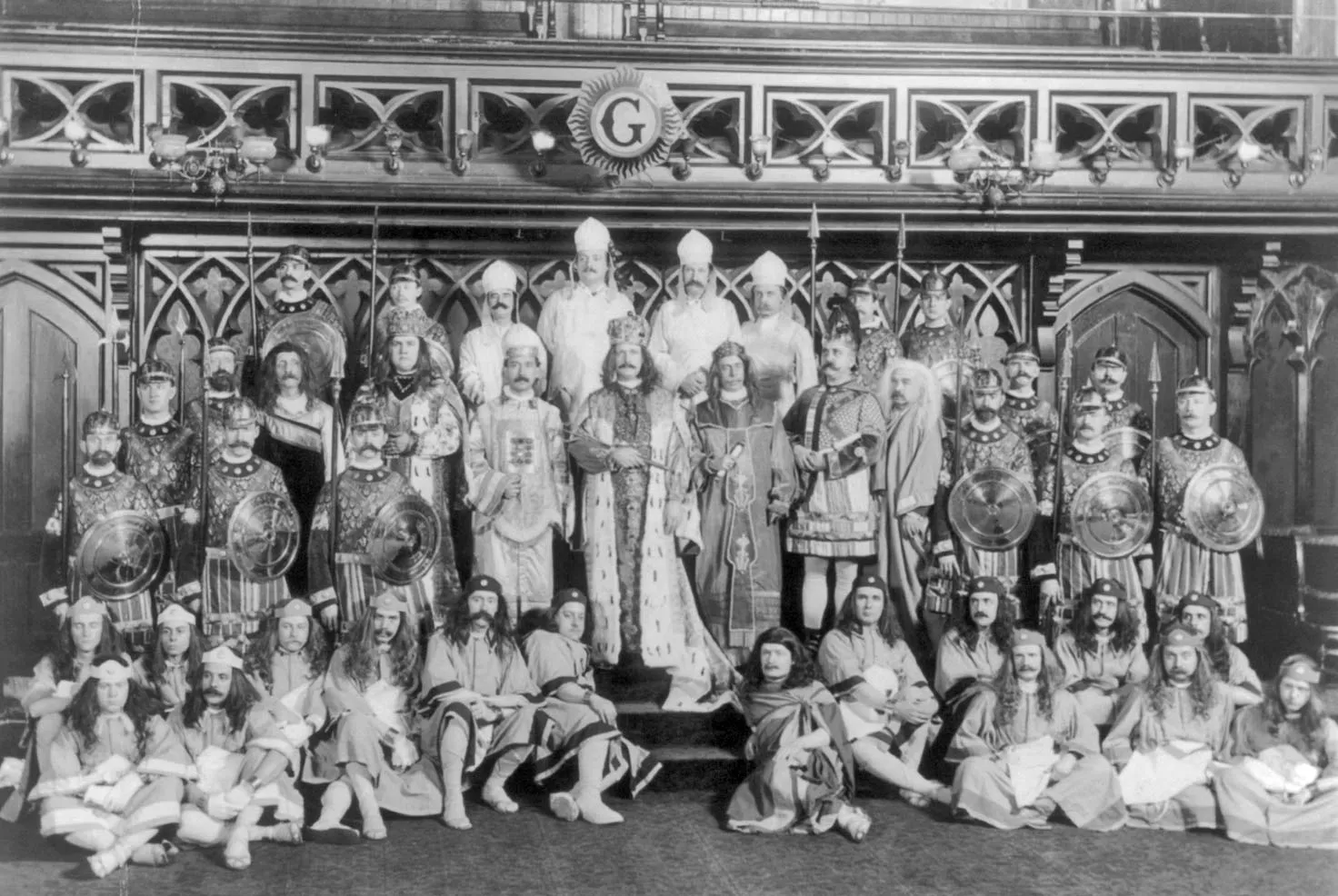The world of elite schools has long been shrouded in mystery, with many of these prestigious institutions known for producing leaders, innovators, and the wealthy elite. However, there’s a side to these schools that is less talked about—secret societies. These societies, often centuries old, have long been associated with power, influence, and privilege. They exist behind closed doors, away from the public eye, and their activities and memberships are sometimes steeped in secrecy. What exactly happens within these exclusive organizations, and what role do they play in developing the world’s most influential individuals?
The Role of Secret Societies in Elite Schools
Secret societies have existed at the world’s most famous and prestigious educational institutions for centuries. From Yale University’s Skull and Bones to Oxford University’s exclusive Bullingdon Club, these societies have become symbols of tradition, power, and, in some cases, controversy. These organizations, which often have strict membership criteria and an air of exclusivity, serve as a training ground for future leaders in politics, business, and society.
The appeal of secret societies lies in the network they provide. Membership often involves access to influential circles, a community of like-minded individuals, and opportunities that are otherwise out of reach for the average student. These societies usually serve as platforms for individuals to build connections that can last a lifetime, whether in the halls of power, in corporate boardrooms, or in the media. Being part of an exclusive group of future leaders has a significant allure, and it is often seen as an unspoken ticket to success.
Secrecy and Exclusivity
One of the most defining features of these societies is their secrecy. Membership is often hidden, with members expected to pledge loyalty and silence. Some societies operate under a veil of complete anonymity, making it difficult for outsiders to gain insight into their inner workings. This secrecy has led to numerous conspiracy theories, with critics arguing that these societies perpetuate systems of privilege and inequality by restricting access to the most elite circles.
The rituals, meetings, and even the selection process are often kept behind closed doors. The exclusivity of these societies ensures that only a select few—usually individuals from wealthy, influential families—are granted access. This has sparked controversy over the years, as many argue that such systems perpetuate elitism and undermine the ideals of meritocracy and equality that higher education institutions claim to uphold.
The Impact on Society and Power Structures
The influence of secret societies often extends far beyond the campuses of elite schools. Many of their members occupy powerful government, finance, and culture positions. The networking and connections formed within these societies can significantly shape the careers of their members, enabling them to gain access to opportunities and positions that might otherwise be unavailable.
Critics argue that this concentration of power and influence in the hands of a few individuals leads to a lack of diversity and representation in key sectors. The same elite institutions that produce future leaders are often criticized for perpetuating systems of privilege that benefit a select few, leaving others with fewer opportunities to succeed. The connection between secret societies and power structures can sometimes create a closed loop, where those with connections continue to rise while others are left behind.
Conclusion
Elite schools and secret societies remain a complex and often controversial part of the educational landscape. These organizations play a significant role in shaping the careers of future leaders, but their secrecy, exclusivity, and impact on society cannot be ignored. Questions about meritocracy, privilege, and access to power will persist as the world continues to evolve. The existence of these secret societies serves as a reminder that behind the polished facades of elite institutions, hidden forces at work may influence society’s future in ways that are not always transparent. Whether these organizations are beneficial or harmful is a debate that will likely continue for years.



